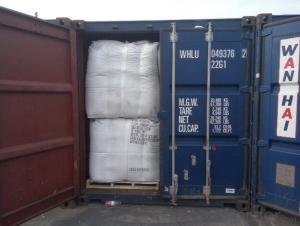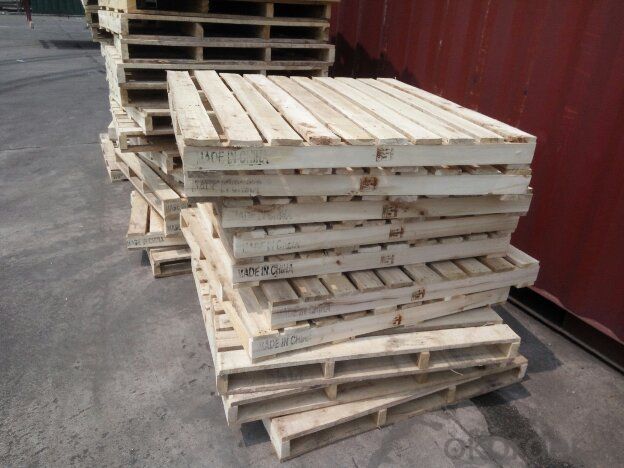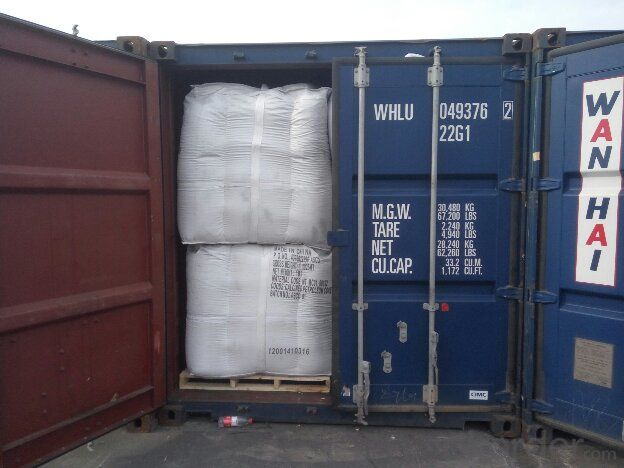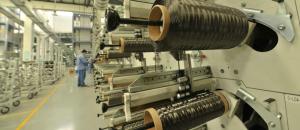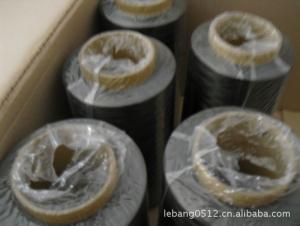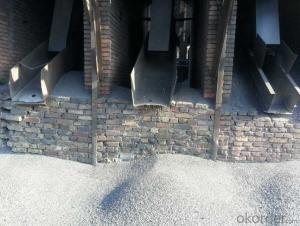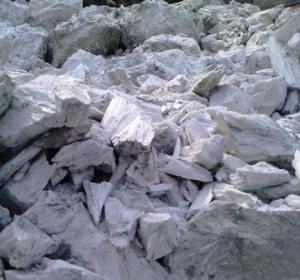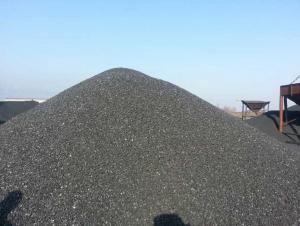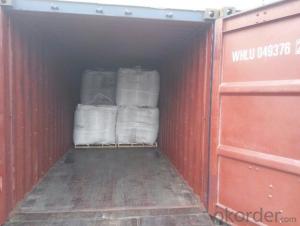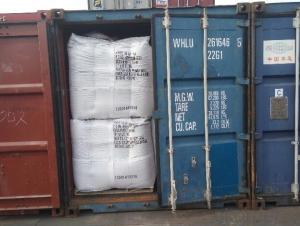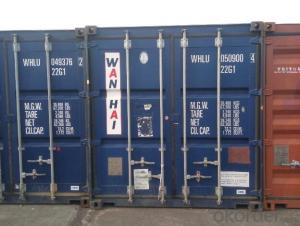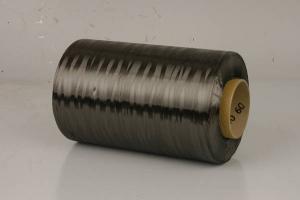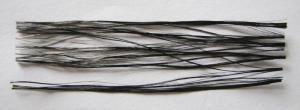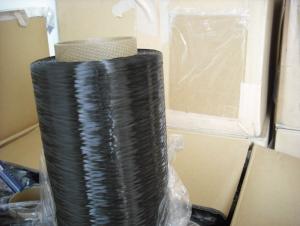Foundry Coke with Sulphur 0.8% max in bigger size
- Loading Port:
- Shekou
- Payment Terms:
- TT OR LC
- Min Order Qty:
- 21.2
- Supply Capability:
- 1012 m.t./month
OKorder Service Pledge
OKorder Financial Service
You Might Also Like
Brief Introduction
Foundry Coke is the main fuel of melting iron in the oven. It can melt the materials in the over, make the iron reach great heat, and keep good air permeability by sustain stock column. Thus, the foundry coke should have the characteristics of big block, low reactivity, small porocity, enough anti-crush strengh, low ash and low sulphur.
The coke handled by our cooperation is made from superior coking coal of Shanxi province. Provided with the advantages of low ash, low sulphur and high carbon. Our coke is well sold in European, American, Japanese and South-east Asian markets. Our owned Coke plant are located in Shanxi Province and supplying of you many kinds of coke. We are proud to serve the world
we supply Foundry Coke long-term, its characteristic is best strength, low sulfur and phosphorus,thermal stability.
Specifications:
ASH % | 8% max | 10% max | 12% max |
V.M.% MAX | 1.5% max | 1.5% max | 2% max |
SULFUR % | 0.65% max | 0.65% max | 0.7% max |
MOISTURE | 5% max | 5% max | 5% max |
Size | 80mm-120mm,80-150,100-150mm, or as request | ||
Features
1. Our quality is always quite good and stable which is producing and packing according to customers' requirements.
2. Putting Client profile into first, achieved mutual benefit.
3. Good partner on business. It's a good and wise choice for customers' to purchase from us. It's our great honor to cooperate with you. It is more -widely used around the world
4. We can supply documents as follows:
- bill of loading,
-Invoice,
-Packing List
-Insurance
-standard inspection pictures of the container as specified by INSPECTORATE
-or more requested by buyer.
Pictures
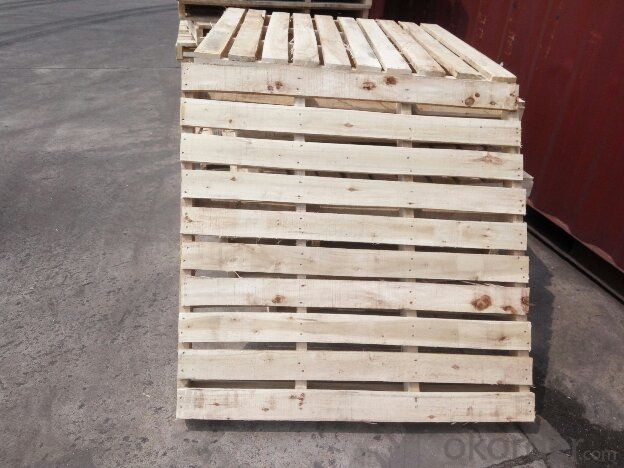
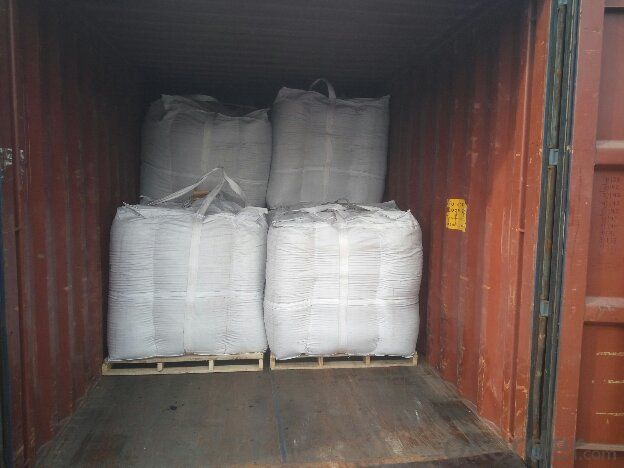
FAQ
1. What is the packing?
In 25kg bag/ In jumbo bags without pallet/ Two jumbo bags with one pallet/ or as customers’ request
2. What is the production capacity?
10 thousand tons per month
3 What is payment term?
Irrevocable LC at sight/ 20% down payment by T/T and 80% against BL copy byT/T/ or to be discussed
4 What is the service?
We will send sample to the third party(CIQ, CCIC, SGS,BV or to be discussed) for checking, and present the test certificate and loading repot of shipment.
- Q: What should be done to deal with leakage of carbon monoxide from the plant?
- The container should be cooled by heat in time. The harm to health, carbon monoxide and hemoglobin binding capacity than oxygen 200 times larger, after inhalation, in the blood and hemoglobin binding, interference blood carrying oxygen capacity, resulting in tissue hypoxia. The skin starts to become gray, and the skin and mucous membranes are red. Severe damage to brain cells can also cause secondary diseases, light damage to the heart, and damage to pyramidal or extrapyramidal systems, including the basal ganglia. Acute poisoning: mild poisoning are headache, dizziness, lethargy, tinnitus, palpitation, nausea, vomiting, weakness, abdominal pain, weakness and other symptoms; moderate poisoning in addition to the above symptoms, and complexion, lips cherry red, rapid pulse, irritability, instability of gait, fuzzy consciousness, coma patients remain unconscious;, miosis, muscle tension increased, frequent convulsions, incontinence, depth of poisoning due to respiratory paralysis and death. Chronic effects: the main manifestation of long-term inhalation of a certain amount of carbon monoxide, fatigue, irritability, indigestion and so on, can cause damage to the nervous and cardiovascular system. The compressed gas storage requirements in bottles, should be stored in a cool, ventilated warehouse, storage temperature should not exceed 300C; keep away from heat, avoid direct sunlight; and oxygen, compressed air, oxidant and stored separately; avoid mixed mixed transport. The lighting, ventilation and other facilities in the storage room shall be explosion-proof, and the switch is located outside the warehouse. Equipped with appropriate varieties and corresponding quantity of fire-fighting equipment.
- Q: Is aluminum alloy expensive or high carbon steel expensive?
- Aluminum alloy of course, a little longer, and will be much lighter.Generally, aluminum alloy frames are much more expensive than those of high carbon steel.
- Q: What kind of industry does high-performance carbon fiber belong to?
- High performance carbon fiber is used in many industries, such as automobiles, bicycles, and even the aviation industry.. If you look at the industry type, many industries have high-performance carbon fiber figure, if divided by the industry attributes, should belong to the emerging industry, the future potential of the industry
- Q: What is the atomic number of carbon?
- The atomic number of carbon is 6.
- Q: What is carbon nanotube?
- A carbon nanotube is a cylindrical structure made of carbon atoms arranged in a hexagonal pattern. It has unique properties, such as high strength, light weight, and excellent conductivity, which make it useful in various fields including electronics, materials science, and nanotechnology.
- Q: What type of carbon copy sheet can be printed on? How many copies?
- Generally 100 pages, such as:One copy of the two couplet is 50 copies.One copy of the triad is 33 copies.One copy of the quadruple is 25 copies.This is a five of the 20.
- Q: Which carbon content is larger, steel or pig iron?
- carbon content more than 2.11% of iron, iron carbon content in general industry 2.5%--4%. I hope I can help you.
- Q: What are the different methods of measuring carbon dioxide levels in the atmosphere?
- There exist various techniques for assessing carbon dioxide levels in the atmosphere. These techniques encompass direct measurement, remote sensing, and ice core analysis. Direct measurement stands as the most precise and extensively employed approach. It encompasses collecting air samples from numerous locations worldwide and analyzing them using gas analyzers. These analyzers possess the capability to gauge the concentration of carbon dioxide in the air, typically expressed in parts per million (ppm). Remote sensing represents an alternative method for measuring carbon dioxide levels. It involves the utilization of satellite-based instruments to observe and quantify the quantity of carbon dioxide present in the Earth's atmosphere. These instruments can detect the absorption and scattering of sunlight caused by carbon dioxide molecules, thereby rendering valuable data concerning its concentration. Ice core analysis constitutes a historical technique for assessing carbon dioxide levels. Scientists delve deep into polar ice sheets and procure ice cores. These ice cores harbor trapped air bubbles from hundreds or even thousands of years ago. By analyzing the carbon dioxide content within these bubbles, scientists can recreate past atmospheric carbon dioxide levels and juxtapose them with contemporary levels. Each of these methods possesses its own merits and limitations. Direct measurement furnishes real-time data and precise measurements, albeit necessitating an extensive network of monitoring stations worldwide. Remote sensing offers a global perspective and the ability to cover large areas, yet it may struggle to resolve fine-scale spatial variations. Ice core analysis delivers valuable long-term historical data, but its applicability is confined to specific regions and solely permits indirect measurements. The amalgamation of these techniques empowers scientists to obtain a comprehensive comprehension of carbon dioxide levels in the atmosphere, aiding in the monitoring and evaluation of the impact of human activities on climate change.
- Q: The main difference between steel and iron is the difference in carbon content
- The essential difference between steel and iron is that there is a difference in carbon content.1, steel, is a carbon content, mass percentage of 0.02% to 2.04% between the ferroalloy. The chemical composition of steel can have great changes, only the carbon steel is called carbon steel (carbon steel) or ordinary steel; in actual production, steel tend to use different with different alloy elements, such as manganese, nickel, vanadium and so on;2 iron is a chemical element. Its chemical symbol is Fe. It has an atomic number of 26. It is the most common metal. It is a kind of transition metal. A metal element with a second highest crustal content.Extension of knowledge point:Iron into pig iron and wrought iron. Wrought iron, steel and cast iron is an alloy of iron and carbon with the carbon content difference. Generally less than 0.2% carbon content that wrought iron or iron, the content of 0.2-1.7% in the steel, is iron content of more than 1.7%. Soft wrought iron, good plasticity, easy deformation, strength and hardness were lower, not widely used; iron carbon, hard and brittle, almost no plastic; steel pig iron and wrought iron with two kinds of advantages, widely used for human.
- Q: The same manufacturer of different types of badminton rackets on the logo, but the two materials in the end what is the difference?
- This Master ask is this, that is the general elevator racket high modulus graphite ball afraid pat dry than the conventional full carbon racket do more flexibility, recovery at the moment of the ball faster, feel better. That is like the racket elevator high rigid carbon fiber that is needless to say better, because the racket miserably into the high rigidity of carbon fiber, the racket of high hardness, carbon racket is more uniform in the sand volume, better stability of the drive moment of the racket, bending time to recover faster, smash more accurate placement.
Send your message to us
Foundry Coke with Sulphur 0.8% max in bigger size
- Loading Port:
- Shekou
- Payment Terms:
- TT OR LC
- Min Order Qty:
- 21.2
- Supply Capability:
- 1012 m.t./month
OKorder Service Pledge
OKorder Financial Service
Similar products
Hot products
Hot Searches

